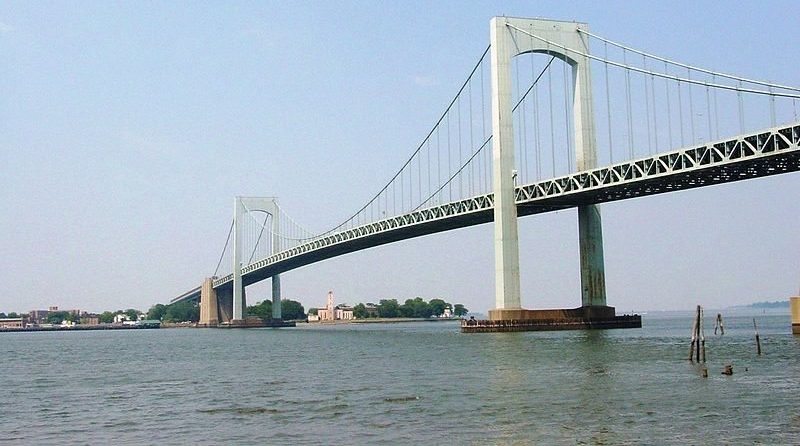
The Sheridan Expressway in the Bronx was one of the last of the urban expressways undertaken by Robert Moses, Long Island and New York City’s so-called “Master Builder.” By the time its first phase was completed in 1963, Moses no longer held his city posts and people had learned ways to organize and stop him from plowing through the middle of their communities. What we have of the Sheridan is frequently referred to as a “useless stub.”
Still, many were surprised when Governor Cuomo recently presented a $1.88 billion revitalization plan for the South Bronx. Included is $97 million in budgeted seed money to begin taking the Sheridan down and replace it with a pedestrian and cyclist-friendly boulevard.
Cuomo has been working hard to remake his image. No one knows what to make of these massive public works projects he keeps dropping out of the sky: Tappan Zee Bridge ($8.3 billion needed to complete), LaGuardia Airport ($450 million), Penn Station ($570 million), Javits Center ($1 billion) and more. The Governor lobs “my way or no way” plans at us, with no apparent earthly funding mechanism. Many groups have criticized the governor’s budget for removing State Comptroller oversight and reducing public scrutiny of these projects.
Only 20 years ago, the state’s Department of Transportation called for expansion of the Sheridan. What gives?
The idea of decommissioning the Sheridan and replacing it with a new “smart development” neighborhood with schools and green space has been shopped around by environmental justice groups for a decade. Governor Cuomo pulled it out of his big sack last month. Whatever the motivation, the Sheridan project is on the cutting edge of the “new urbanism” and “smart growth” planning movements. It’s a red-hot concept.
Tear down a working expressway to build a real neighborhood with residential, commercial and industrial balance? Robert Moses, who taught America to rebuild its cities for cars and not people, would scoff at this ridiculous “egg head” idea.
Last year the Robert Moses Parkway near Niagara Falls was renamed the Niagara Scenic Parkway when freeway sections were replaced by smaller roads that hooked into downtown Niagara Falls and Lewiston.
“Traffic generation” (or “induced demand”) was proven on Long Island. Building more lanes of highway actually makes congestion worse as drivers head for the new lanes. Building the Throgs Neck Bridge didn’t relieve congestion on the Whitestone; now we had two jammed bridges.
But now we know it works the other way. Tear out a freeway and drivers seek other routes. Traffic ends up the same.
San Francisco got the ball rolling when the 1989 earthquake damaged Route 480, an ugly double-decker freeway next to the bay. It was taken down and touched off a local boom, with miles of parks, walkways and new transit routes. Milwaukee tore down the Park East Freeway in 2002 and now the Milwaukee Riverwalk connects the city’s hottest neighborhoods. Freeways removal or relocation projects are in various stages of serious planning in a dozen states.
In December 2014, Rochester closed much of the Inner Loop that divided the city into pieces physically and socially, to be replaced by a “complete city street” that will make residents safer and increase their quality of life. Syracuse and Albany are debating what to do about urban highways that divide their communities, cut off waterfronts and limit good choices.
It isn’t just about being “green.” These aging, rusting giant roadways are incredibly expensive to maintain, refurbish and rebuild. Long Islanders will need to decide if its future is built for people or just for cars.
Michael Miller has worked in state and local government. The views expressed are not necessarily those of the publisher or Anton Media Group.



















